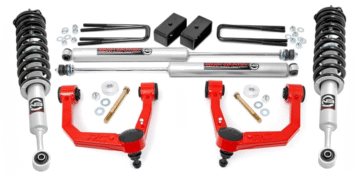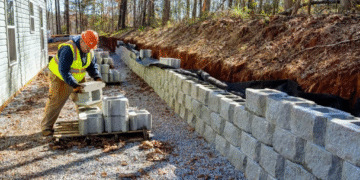Designing student accommodation is about much more than simply providing a bed and a desk. It’s about creating a space that balances functionality, comfort, privacy, and social interaction—all while being cost-effective and easy to maintain. As the demand for quality student housing rises, developers and designers need to rethink how they approach this unique challenge. Here’s how to design the best kind of student accommodation that meets both the practical and emotional needs of today’s students.
1. Start With Smart Space Planning
Students often live in relatively compact spaces, so making every square foot count is key. Efficient layouts are essential—think multi-functional furniture like beds with storage underneath, wall-mounted desks, or foldaway tables. Each unit should maximise natural light and airflow to create a sense of openness, no matter the size.
Even small rooms with compact shower cabins can feel spacious if they are well-organised. Designers should aim to minimise clutter zones by providing built-in shelves, hooks, and other smart storage solutions. Modular designs also allow flexibility, letting students personalise their rooms to some degree.
2. Prioritise Privacy Without Losing Community
Student life is social, but everyone still needs personal space to unwind and study. The best accommodations strike a balance by offering private rooms or micro-studios with en-suite bathrooms and shower enclosures, while encouraging interaction in shared kitchens, lounges, or study zones. Sound insulation plays a big role in preserving privacy. Using acoustic panels, thicker walls, and door seals can prevent noise from disrupting concentration or sleep. Privacy isn’t just about silence—adequate lighting and lockable doors help students feel secure and in control of their personal space.
3. Design Comfortable and Modern Bathrooms
Bathrooms are a high-traffic area in student accommodation, so they need to be durable, hygienic, and easy to clean. A growing trend is the inclusion of compact en-suite bathrooms or shower cabins in individual units. These pre-fabricated pods are efficient to install, space-saving, and reduce the need for multiple communal facilities. Shower cabins, in particular, are an excellent feature of modern student housing. They offer privacy and convenience while ensuring easy maintenance for facility managers. Look for cabins that include integrated storage and anti-slip floors. A clean, well-lit bathroom can go a long way toward making a student feel at home.
4. Incorporate Study-Friendly Features
One of the most crucial aspects of student housing is a comfortable study environment. Desks should be large enough for laptops, books, and stationery, with plenty of charging points nearby. Ergonomic chairs and adjustable lighting also support productivity. Beyond the room, include designated quiet study zones with high-speed internet, power outlets, and collaborative seating arrangements. Soundproofing is vital in these spaces to encourage focused learning.
5. Create Inviting Communal Areas
While privacy is important, so is community. Students thrive in spaces where they can meet new people and relax together. Design shared lounges, game rooms, gyms, or rooftop terraces to foster connection. A communal kitchen with enough storage and equipment for several users at once can also enhance the living experience. Interior design matters here: use warm lighting, cosy furniture, greenery, and pops of colour to create a welcoming vibe.
6. Ensure Accessibility and Safety
Every student deserves to feel safe and included. Make sure your accommodation is accessible for those with disabilities, featuring wide doorways, ramps, and wheelchair-friendly bathrooms. Install security systems like CCTV, secure keycard entry, and emergency call points to give peace of mind to both students and their families.
Image attributed to Pixabay.com













